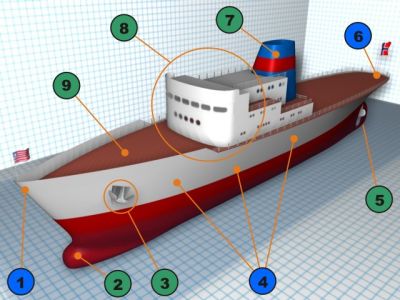
An EU team developed robots that automatically inspect welds in ship hulls. The various fault-detection methods, plus robotics and control systems, were successfully tested on hull plating at the Chalkis shipyards in Greece.

Despite the growing popularity of automated transport systems, take-up is lagging because of the operational and legal frameworks currently in place. An EU initiative plans to remove barriers with the rollout of driverless vehicles.

European researchers have developed an algal management system based on ultrasound technology to control algal blooms that threaten public health and water quality.
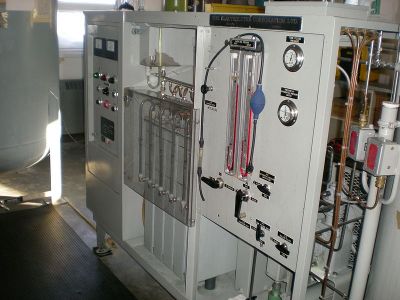
Electrolysis is an important new technology for producing hydrogen as an energy carrier. An EU-funded project is developing novel materials for high-efficiency and cost-effective electrolysers.

An EU study studied the performance properties, including service life, of wood as a construction material. A re-analysis of historical data, with new testing, introduces new standards, enabling greater usage of this sustainable resource.
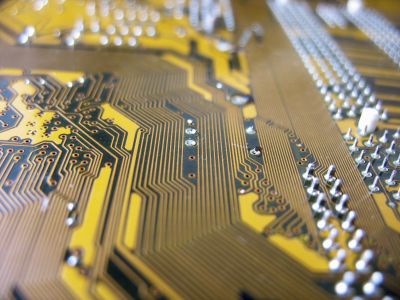
Moulded Interconnect Devices (MIDs) combine all the features of moulded plastic parts with electrical circuitry and electronic components assembled directly on the plastic package.
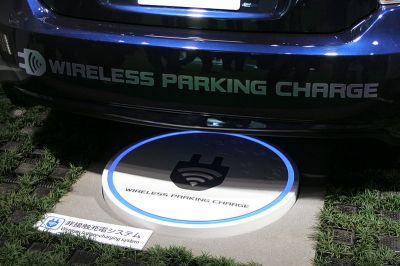
The widespread use of electric vehicles (EVs) could make a tremendous contribution to the reduction of urban pollution and global carbon dioxide emissions. Novel wireless charging technology with increased convenience and providing longer driving distances may tip the scales.

The market for multifunctional microsystems made of 3D layered materials is growing. A novel design and manufacturing platform promises to revolutionise the way things are done and enhance EU market position.
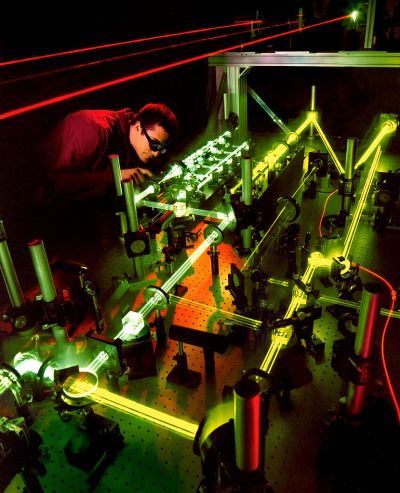
The use of ultrafast (femtosecond) laser sources to optically excite electrons in metals provides the basis for novel applications in the field of optoelectronics, including ultrafast switches. Young scientists advanced the field with EU support.

Accretion of ice on aircraft wings increases weight, reducing lift and affecting manoeuvrability. Novel electromechanical de-icing technology breaks off the ice through deformations and promises integration with newer more-electric aircraft systems.

An EU-funded project improved theoretical predictions regarding cross-sections of hadron scattering at high energies.

The use of ultrafast (femtosecond) laser sources to optically excite electrons in metals provides the basis for novel applications in the field of optoelectronics, including ultrafast switches. Young scientists advanced the field with EU support.
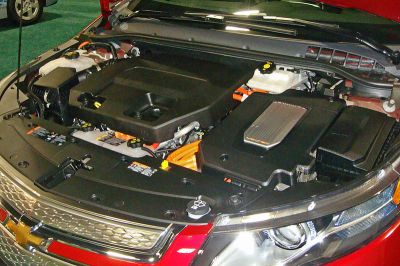
Wireless sensor networks (WSNs) in cars could reduce costs, weight and fuel consumption while enhancing performance. Researchers used advanced experimental and simulation tools to address their technically challenging implementation.
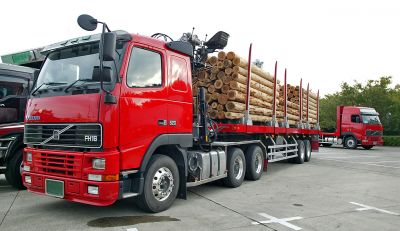
An EU-funded project is working on reducing the truck carbon footprint by developing a new type of truck tyre along with sensors and advanced trailer telematics.
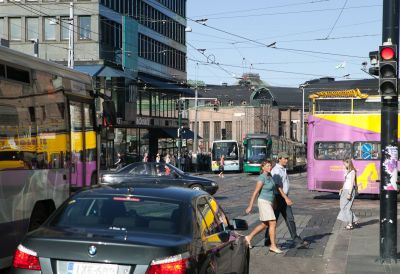
Security of urban transport in European cities can be enhanced while also boosting the mass transport security industry.
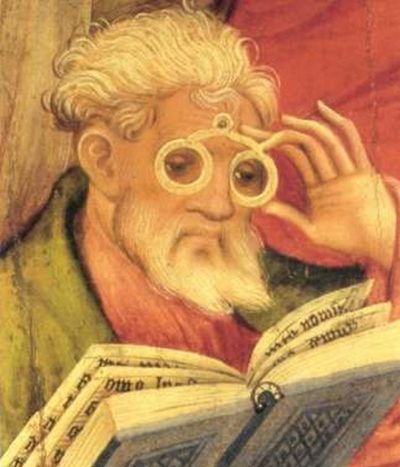
Anti-reflective glass is a component of products used in devices ranging from mobile phones to solar cells. Extensive materials and process development by EU-funded scientists should help meet the increasing demand for harder coatings that withstand harsh environments.
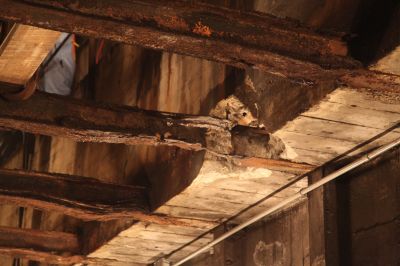
Non-destructive testing (NDT) methodologies to evaluate the sub-surface status of steam pipes operating at very high pressures and temperatures is lacking. Novel ultrasound technology could soon decrease the incidence of dangerous failures.
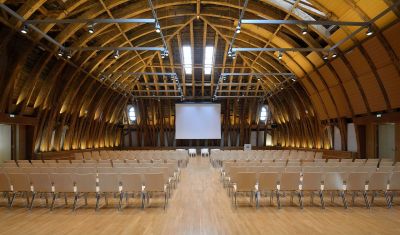
A multidisciplinary, international look at knowledge exchange sheds light on how regionalisation and globalisation redefine the nature, mission and scope of universities.
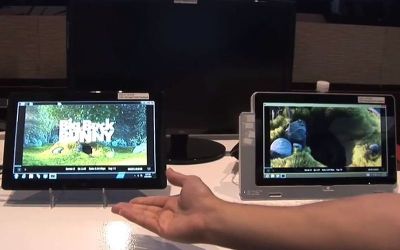
An EU research team is working on ways to stream video over standard wireless networks. This will be achieved through improved algorithms, coding and networking, leading to a mature software product.

An EU project is helping European cities adopt and implement previous innovations in transportation technologies. Addressing 15 concepts and 10 cities to start with, the work will yield practical handbooks and training programmes.
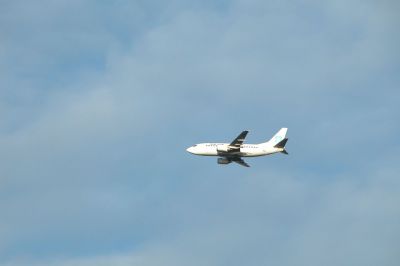
A novel technology platform exploiting a wide range of X-ray methods (including robot based setups) will facilitate the acquisition of high precision X-ray and X-ray computed tomography (XCT) images of composites. The aerospace industry is thus entering a new era in non-destructive testing of aeronautic components.
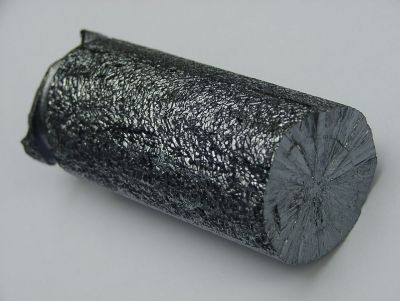
An EU-funded project sought to enhance the efficiency of crystalline silicon (Si) solar cells by growing nanometre-scale localised structures.

A crucial part of artificial photosynthesis is water oxidation — separating the hydrogen from the oxygen. EU-funded scientists designed metal-based catalysts to efficiently mimic natural processes for a greener future.

The era of mass production of similar items is coming to an end with a need for rapid production of smaller batches of niche products. A novel industrial control platform promises to help EU manufacturers evolve to meet customer demands.
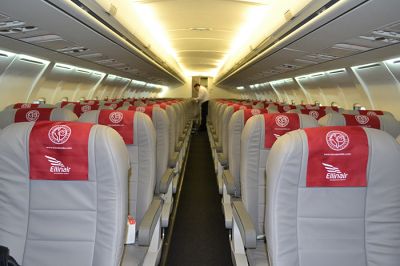
Passenger comfort is an increasingly important part of the design of aeroplane interiors, and temperature and lighting are critical aspects, particularly on long flights. Novel smart aeroplane windows that adjust lighting and heat will make air travel cosier.























